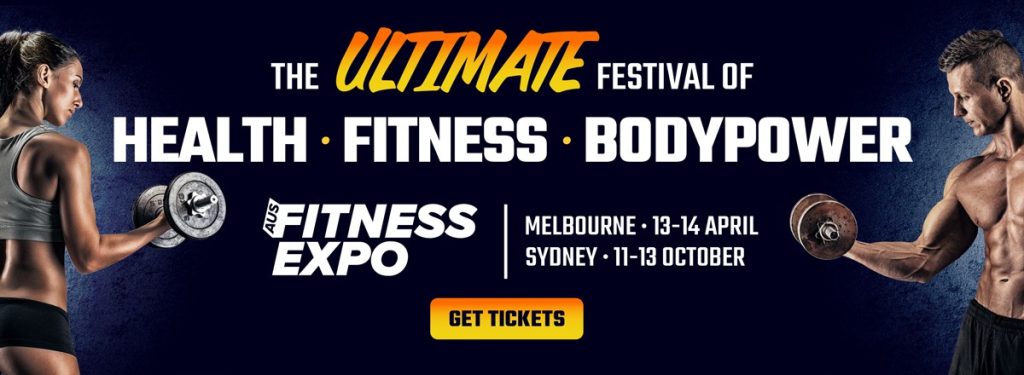Article written by Bryan Green, founder Aktiv Solutions & originally posted on LinkedIn.
Rig… Functional Frame… Jungle Gym – call it what you will. If you operate a commercial health club or boutique studio and you don’t have one, you’re probably not deep in the functional fitness game.
Programming space for functional fitness really begins with creating open space for movement. Incorporating efficiently configured and purposeful frames can certainly be a big part of the equation. However, many facilities fail to achieve what I refer to as “Smart Rigging”. The goal: select structures that facilitate programming, safety, occupancy, and preservation of space.
1. Get Smart
It’s rare today that one would consider a purchase of a non-Smartphone or non-Smart TV. You would largely be leaving the vast majority of technological advancement behind. The same holds true for Smart Rigging.
Selecting equipment with wide appeal that can well adapt to your facility’s programmatic requirements from session to session is key.
CrossFit – HIIT, Ninja Warrior, Core Training, Obstacle Course, Suspension Fitness, Aerial Arts, the list for verbiage used interchangeably to describe functional training exercise thematics goes on and on.
In following these descriptors as a path towards designing a training space, it can all become far too noisy. Every day, new and revamped facilities are investing in a ton of steel, in the form of rigs, to support the growing exercise trend of play and community. My advice to even the savviest of operators: don’t be afraid to hit the pause button before erecting that giant and often unfocused Taj Mahal.
2. Storage & Suspension
Breaking it down, you’ll quickly find that the storage of equipment and suspension of devices, including your clients themselves, are the common denominators in selecting appropriate structures for your facility.
Functional training is largely executed by the use of various handheld equipment: Balls, Bands, Mats, and Kettlebells make it fun and effective – you’ll need lots of them. Multiply that by the number of clients you wish to service simultaneously and now storage and its accessibility is critical. Furthermore, these accessories vary in size and can change over time depending upon the flavour of your programming or proficiency of your audience. Choose a quality storage solution designed to scale for the space and establish a system of flexibility for on the fly adjustment.
Invest in efficient utility and presentation reflective of the style of your facility, not a mishmash of assorted racks better suited for a garage style boot camp.
Next, focus on the creation of safe and simplified structures to support movements for pulling up, pushing on, and the ability to suspend various toys, from punching bags, to straps, to aerial hammocks. When planning for the dimensions and form factor of your training rig, think first about your intended simultaneous occupancy. Detail the types of training activities that will appeal to the majority of your clients. Perhaps most importantly, contemplate your staff’s ability to coach the activity in the safest and most efficient way, when limited, or perhaps no supervision may be present.
3. Invite not Alienate
The masses want to experience and exercise effectively, just like the hardest core of fitness fanatics. The beauty of functional training, by definition, is its intended purpose of helping one’s physical performance in preparation for daily activities. To accomplish this, there are many great tools to incorporate into a functional frame so as never to illicit boredom. Intuitive attachment of accessories quickly and safely is critical. Don’t feel pressure to combine every facet of what’s in vogue into one structure (i.e. Olympic Movement, battle ropes, land mines).
Higher intensity activities can be planned for closely adjacent areas with supplemental rigging and power racks.
This can help limit the intimidation factor for new participants looking to acclimate into fun and newfound styles of training. Work closely with a functional design specialist to configure training spaces so that a high demand area will not be dominated by a single user for an extended period of time.
4. Preserve space for clients not equipment
Most of us have witnessed various rigs that provide fair exercise functionality, but their form factor and unintended consequences of space consumption quickly outweigh the intended benefit. Too many fitness frames are simply space occupiers and don’t sufficiently support storage, nor do they optimise effectively for simultaneous utilisation. Instead, they engulf the middle of the room and often severely limit open space required for human movement. So much for a focus on functional.
A dedicated space for functional training requires strong planning and a bit of discipline to thin out older, single purpose equipment that otherwise might be consuming space with marginal benefit. Preserve floor space and height wherever possible.
When designing for a dynamic training space, the opportunity at hand is to demonstrate inclusiveness while driving new member engagement and retention.
Well organised spaces demonstrate to your clients that you believe such is important, and your clients will participate in keeping order too.

[box type=”info” align=”aligncenter” class=”” width=””]Aktiv Solutions Australia on the WNiF Supplier Guide
Learn more about the Aktiv Solutions ‘Design First’ approach – request a free consultation from one of their functional design specialists, call Ross on
0433 980 441 or enquire below.[/box]
Article written by Bryan Green, founder Aktiv Solutions & originally posted on LinkedIn.




